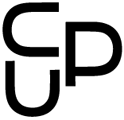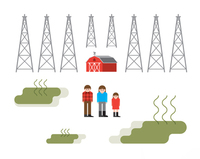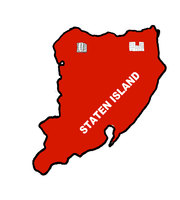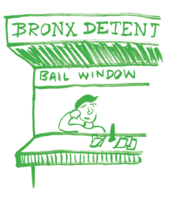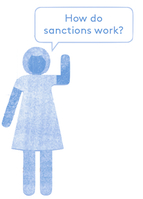2014
‘Advocacy Groups Release Helpful Guide For Williamsburg’s Female Day Laborers’
Gothamist
November, 19, 2014
Lillian Gonzalez, a female day laborer, has been in New York for eight years since she moved here from Ecuador. She said she used to work below minimum wage and spent three years cleaning on her knees, because she didn’t have any cleaning supplies. “Now, with this, I can say it or point it out and say I have pain in my knees and back,” she said.
‘Design That Makes Dry Regulations Come to Life’
City Lab
October, 8, 2014
Since 1997, the Center for Urban Pedagogy has used graphic design to explain byzantine local policies and processes to New Yorkers.
‘Where Will NYC’s 80,000 New Apartments Go?’
Epoch Times
September, 13, 2014
As a starting point, many Council members, including Reynoso, Levin, and Carlos Menchaca, are using kits that explain zoning and affordable housing created by the Center for Urban Pedagogy (CUP).
‘New Advocacy Guide Maps Path to Improved Parks’
Gotham Gazette
July, 30, 2014
Park enthusiasts, including members of several community and advocacy groups, gathered to celebrate the publication of the guide and move the flourishing park advocacy movement forward, hoping to broaden involvement across the city.
‘Comic Book Informs Day Laborers of Their Rights’
Voices of NY
May, 28, 2014
The guide provides advice in a simple, entertaining format using language that is easy to understand. It also gives tips for staying healthy and safe in the workplace, and valuable information on city regulations established by the New York State Department of Labor.
‘Jornaleros cuentan con libro para defender sus derechos’
El Diario
May, 8, 2014
“Este cuadernillo contiene importante información sobre nuestros derechos como jornaleros y trabajadores en la construcción. Nos va a ayudar a salir de las sombras y reclamar nuestros derechos cuando nos explotan,” dijo Jesús Morelo, miembro de NICE y colaborador en la ejecución del folleto.
‘Public Access Design’
ArtsFwd
April, 15, 2014
Through Public Access Design, CUP has more than doubled the number of community partners it collaborates with in a year, and significantly increased its connections with designers.
‘What Is Zoning?’
Urban Omnibus
February, 19, 2014
We think a lot about how to create a visual environment that’s non-threatening, especially when you are dealing with an issue that’s stressful, complicated, and may affect whether or not you can afford to stay in your home. We want things to feel familiar and accessible and to avoid people feeling that they might not understand the concept.
‘TDR, IBZ, WTF?! The Center for Urban Pedagogy Spells Out Zoning Basics for the Uninitiated’
Untapped Cities
January, 8, 2014
CUP is dedicated to increasing the public’s understanding of urban policymakers’ jargon and labyrinthine public engagement procedures. They created the “What is Zoning?” toolkit and guidebook to help educators, neighborhood groups and community boards to shed light on the New York City zoning process for their constituents.






